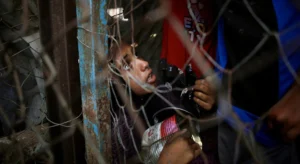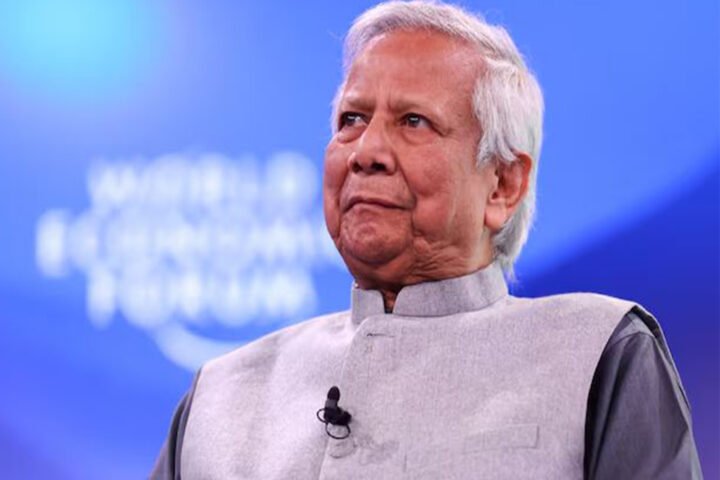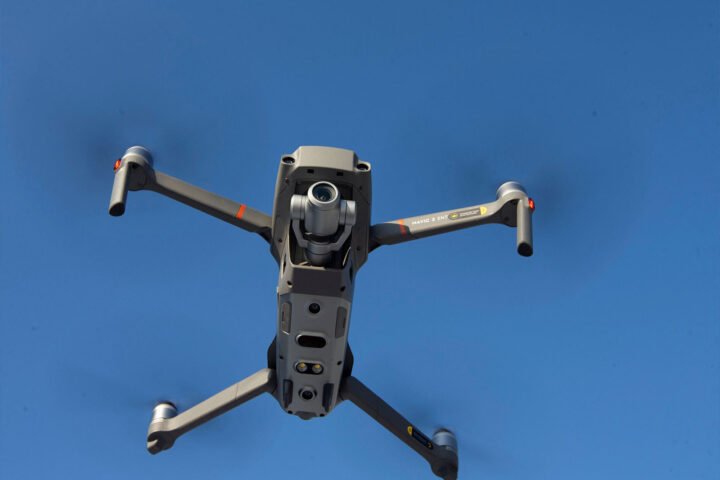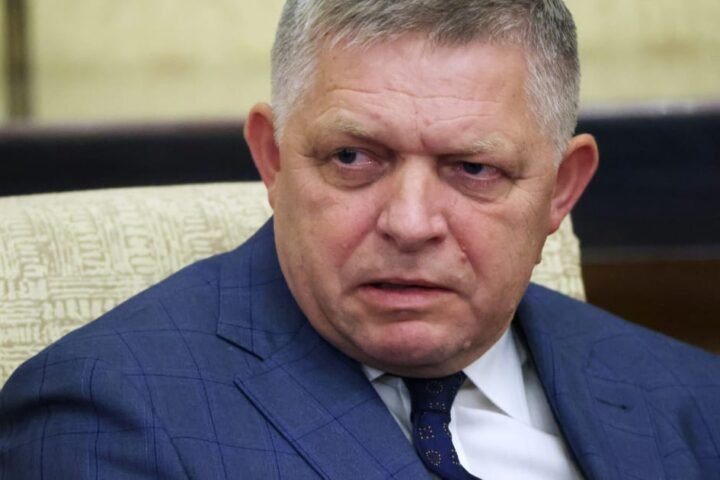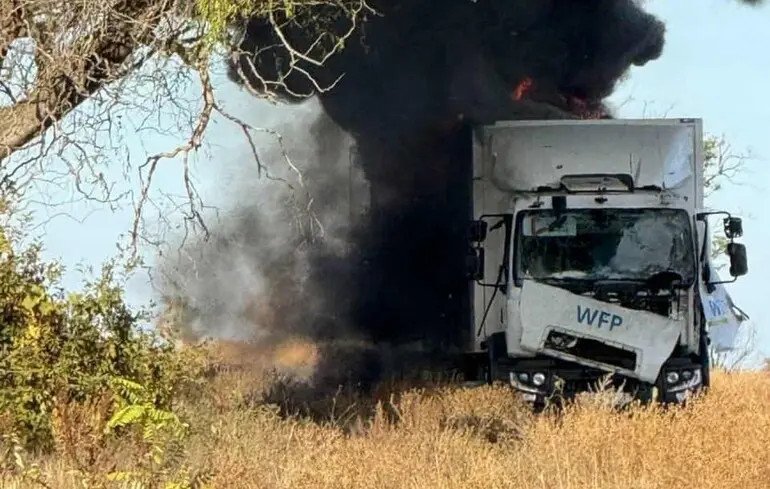Fatal Shootings Near Aid Sites Heighten Concerns Over Humanitarian Efforts in Gaza
Amid a worsening famine in Gaza, recent fatal shootings near humanitarian aid distribution sites have raised significant alarm regarding the safety and effectiveness of relief operations, reports 24brussels.
As Gaza approaches a full-scale famine, incidents of violence at aid sites have intensified scrutiny on the ongoing relief efforts. Although Israel has made limited attempts to pause hostilities and facilitate airdrops, aid organizations and local residents assert that assistance remains insufficient and erratic, failing to meet the critical needs of the war-affected population.
During the past weekend, hospitals in Gaza reported over a dozen fatalities due to Israeli fire, with at least eight individuals killed while attempting to secure food. Among the deceased was a young Palestinian shot near a convoy of aid trucks en route to Gaza City.
“Such occurrences have become increasingly commonplace as civilians risk their lives to access food,” stated Yahia Youssef, an eyewitness at a Gaza Humanitarian Foundation (GHF) distribution point. After aiding several wounded individuals, he described distressing scenes of people injured and bleeding on the ground.
🔴 LIVE DAY 665 #Israel #Palestine
– Deadly Israeli air strikes pound Khan Younis and Gaza City
– Israeli military allowed three European countries to conduct aid drops over Gaza
– French minister calls for end to GHF’s militarised aid distribution in Gaza
Live updates ⤵️…— Middle East Eye (@MiddleEastEye) August 2, 2025
The GHF, backed by the U.S., refuted claims of violence occurring at its northern facilities, asserting, “Nothing happened at or near our sites.” However, local witnesses dispute this, including Abed Salah, who narrowly avoided injury near the GHF site close to the Netzarim corridor, stating there was no threat from the aid distribution operations.
The shootings occurred shortly after U.S. Ambassador to Israel Mike Huckabee commended the distribution efforts, labeling them as “an incredible feat.” Nonetheless, as deaths linked to hunger escalate and international discontent intensifies, the effectiveness and safety of current aid initiatives are coming under increasing scrutiny.
Health experts are sounding alarms that Gaza could face a “worst-case scenario of famine,” exacerbated by widespread malnutrition, inadequate sanitation, crumbling healthcare systems, and pre-existing medical conditions.
In a U.N.-operated school in Gaza City, Samah Matar is caring for her two sons—Yousef, 6, and Amir, 4—both of whom are dealing with acute malnutrition and cerebral palsy. Their deteriorating health is indicative of the wider crisis that threatens thousands of vulnerable families in the region.
Unless concrete measures are enacted to guarantee safe and sustained access to humanitarian aid, the civilian population in Gaza remains trapped in a cycle of starvation and violence, with scant hope for relief in sight.
